The Lingo to Know When Ordering Scotch Whisky
The Lingo to Know When Ordering Scotch Whisky
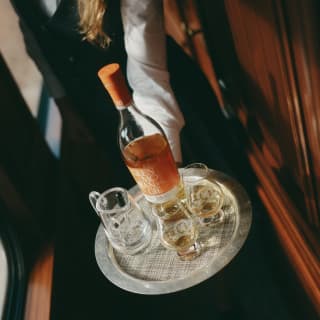
Whisky might be smooth, but knowing which one to order can be anything but. Millie Milliken, award-winning spirits writer and head of content for OurWhisky Foundation – a non-profit that lifts women in the global whisky industry – provides an expert guide to make sense of it when you see it on a menu.
Navigating a whisky list can sometimes feel like (I imagine) being caught in quicksand – discombobulating, panic-inducing and enough to make you want to immediately lie down. Pages upon pages of myriad names, categories, numbers and dates can make ordering a dram a palaver rather than a pleasure. And at worst, an expensive shot in the dark.
When it comes down to it, how you drink your whisky is frankly up to you. Neat, with ice, with water or mixed – you bought it, enjoy it how you wish. It’s knowing what you’re ordering, however, that is often the first hurdle to overcome, especially when the whisky world is constantly innovating.
Some quick tips for starters: peated generally means smoky in all its forms, so if that’s not your vibe, steer clear (if it is though, welcome); cask strength is usually upwards of 52% ABV so tread carefully (trust me); and where a whisky is from – Speyside, Islay, Skye – can tell you a lot about what to expect in the flavour profile, so do your research if you want to learn specifics.
But while any bartender worth their salt (or malt) should be able to help you translate the lingo on your menu, knowledge on the drinking side of the bar is power. So, here are some of the terms, trends and styles you might want to get to grips with before you place your order.
Blended Whisky
It’s true, blended is back. Since the 1970s, single malt whisky (made from malted barley from a single distillery) has been the darling of the Scotch world, but its predecessor, blended whisky, is having a comeback. If you see the words “blended Scotch” on a menu, this is referring to a style made up of both malt and grain whiskies from numerous distilleries in Scotland – in fact, 90% of Scotch out in the world is made up of blends. Pioneering brands are showcasing just how complex and fun these painstakingly made liquids can be; the next time you see “blended” on a whisky menu, don’t skip over it.

Single Grain
So, you know what single malt means – but what about single grain? Well, the same rule applies but with other ingredients. This style of whisky refers to those made at one distillery with one type of grain, such as rye, wheat or corn, all of which come with their own distinct set of flavours.
NO-AGE STATEMENT
That number on the front of your whisky bottle – 10, 12, 15, 25 – tells you the age of the youngest whisky in your bottle and its time spent in wood (not to be confused with a year, which is when it was distilled). While some whisky drinkers think older is better, there’s an open-minded crowd which is eschewing this assumption and simply focusing on flavour.
Enter the rise of no-age statement (sometimes written as NAS) whiskies. Refreshingly unassuming, but no less delicious, and not necessarily young either. An excellent example, and a personal favourite, Glenmorangie Signet might set you back a few quid, but my is it worth it. Ardbeg An Oa is a little easier on the purse strings but just as delicious.

Cask Finishes
While most of the Scotch you’ll find on your menu will have spent time ageing in ex-bourbon barrels (all Scotch must spend a minimum of three years in oak), you might see the words “cask finish” associated with your favourite dram, as well as another spirit or wine names as well.
That’s because more and more whisky makers are treating their whiskies to an oft undisclosed amount of months in less traditional barrels like Sherry, red wine, Cognac can add a different, more unexpected flavour profile.
See? The world of whisky never sits still. And you might not either, now you know what you’re ordering.
SCOTCH MALT WHISKY TOUR
Embark on a special classic journey through Scotland with the Scotch Malt Whisky Society, the world’s foremost malt whisky club and specialists in single-cask, single-malt whiskies. Departing from Edinburgh, travel north across the Firth of Forth over the magnificent Forth Railway Bridge during this Scotch Whiskey experience. Enjoy the majestic views offered as you pass Loch Luichart, the Torridon Mountains and the Cairngorms National Park, visiting the Glenmorangie and Tomatin distilleries along the way.
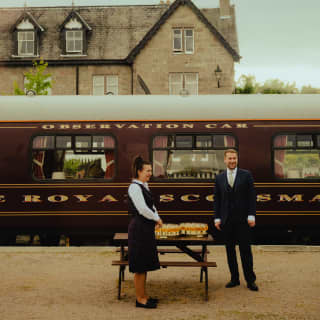
Delve deeper into
You might also enjoy
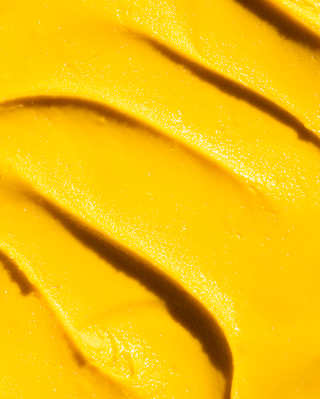
The Gelato of Madeira
Discover how native Madeiran José Diogo Costa, Creative Executive Chef at Reid's Palace in Funchal, transposed the island’s abundance of tropical fruits and liqueurs into the perfect scoop at Gelateria San Giorgio.
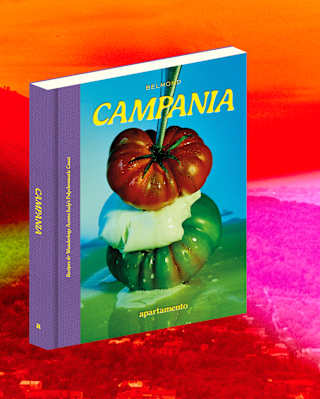
Eat Your Way Through Campania
Discover ‘Campania: Recipes & Wanderings Across Italy’s Polychromatic Coast’, a new cookbook in the series between Belmond and Apartamento that blends food and travel.

Three Chefs on the Meaning of Modern British Food
From April to October 2025, our iconic train reunites with star chefs Atul Kochhar, Phil Howard and Andrew Wong for the relaunch of the Celebrity Chef Dinners series. Today, join our special guests to find out what modern British food means to them and how together, we celebrate the diversity of Britain’s culinary scene.

Kirthanaa Naidu’s Malaysian Pantry Staples
Kirthanaa Naidu’s heritage inspires her work as a Malaysian Indian-born cook, stylist and creative director. Discover some of her Malaysian cookery staples, from savoury belacan to fragrant pandan, as told in our cookbook collaboration with Apartamento.
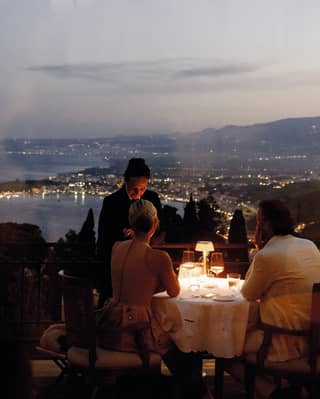
Guide: Belmond's Michelin Star Restaurants
From gold-plated dining overlooking the Venetian lagoon to pan-Asian elegance in the heart of Rio, Belmond is proud to offer some of the best Michelin-star restaurants in the world.

Recipe: André Chiang’s Penang Duck Curry
In our second Belmond and Apartamento book, ‘Penang: Recipes & Wanderings Around an Island in Malaysia’, we disembark in Georgetown along with acclaimed chef André Chiang. Among his storied anecdotes and rich lessons on local cultures, the Taiwan-born culinary curator of the Eastern & Oriental Express tells us all about a staple of Malaysian cuisine – the duck curry dish.

Say ‘I Do’ to the Micro-Wedding
With the rise of the boutique wedding and minimony, that doesn’t mean you can’t have a day full of luxury and tradition. Here's why smaller celebrations at Belmond are having their moment.